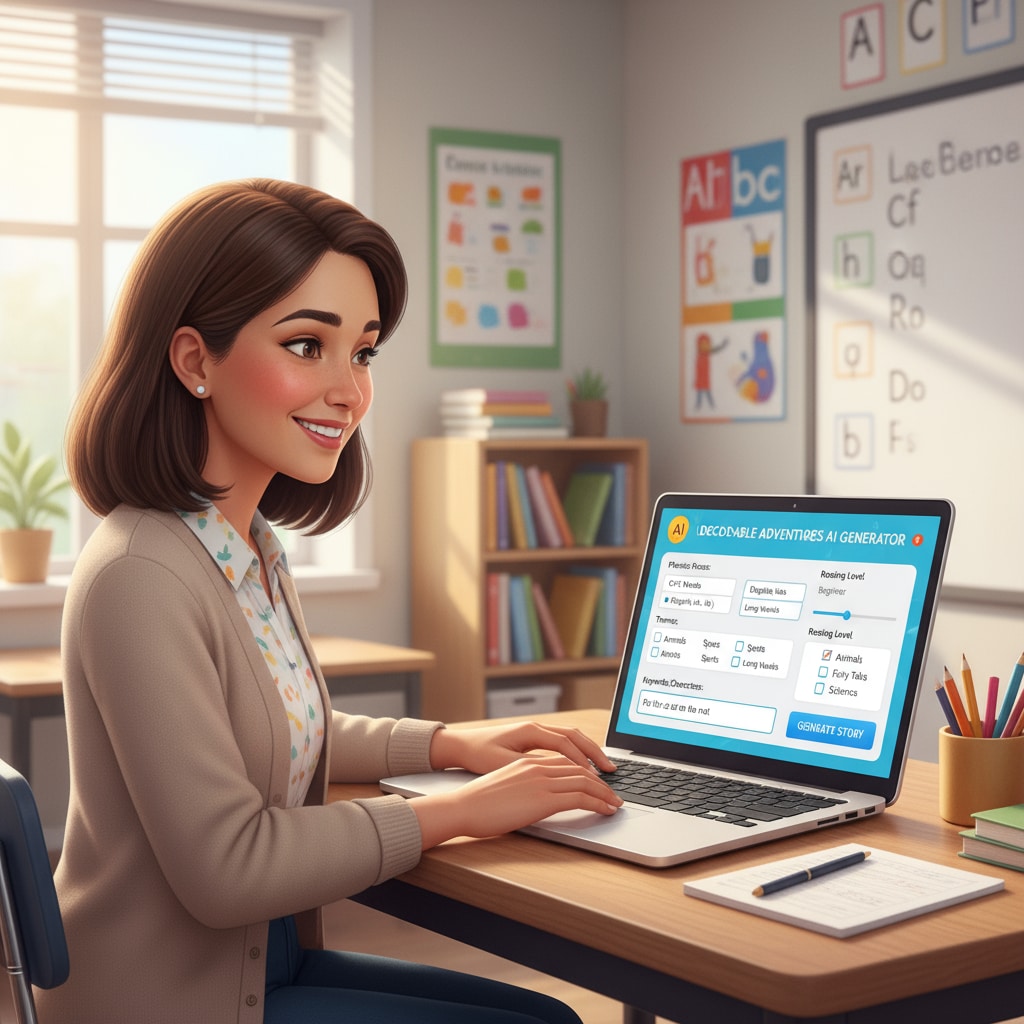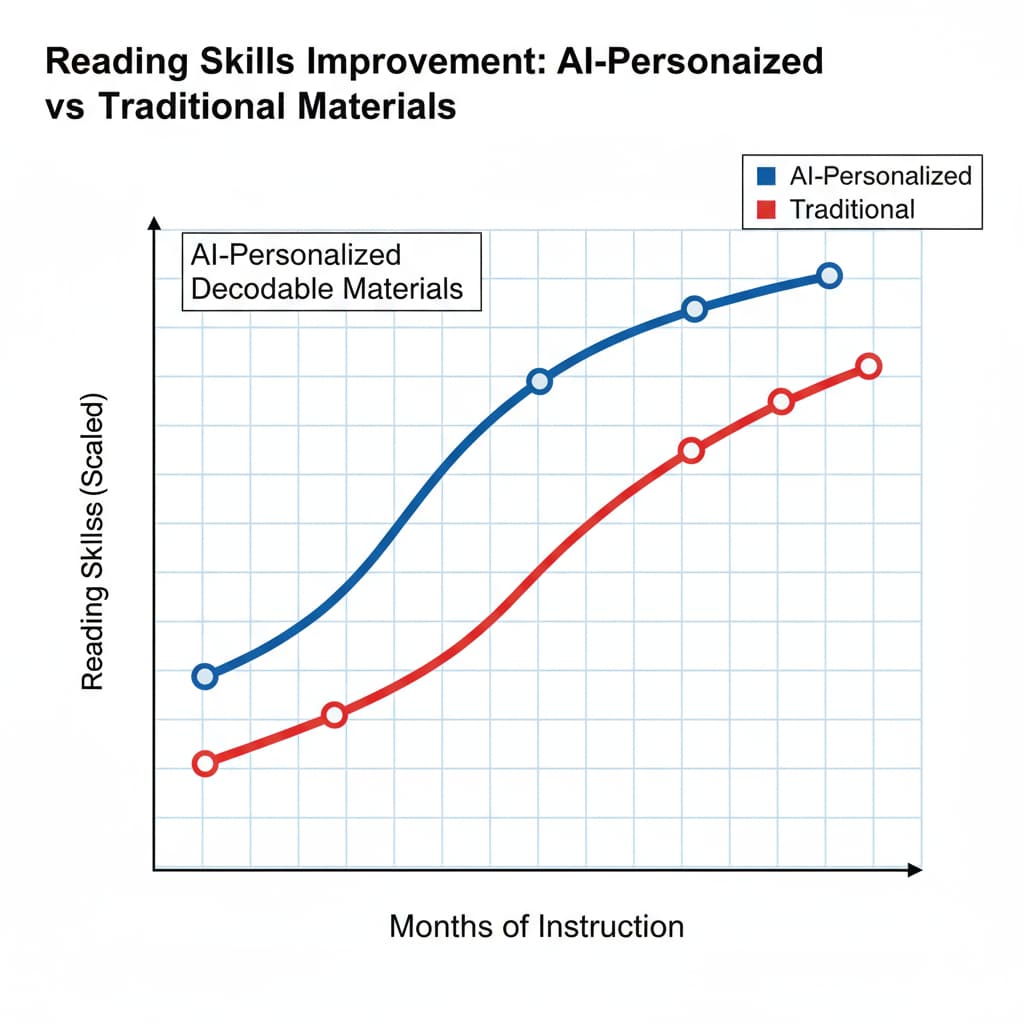AI tools, decodable reading materials, and educational applications are at the forefront of a significant transformation in K12 reading education. The advent of artificial intelligence has brought about a new era in the production of teaching resources, especially when it comes to creating decodable reading materials.

These materials play a crucial role in helping students develop essential reading skills, and AI is now making their creation more convenient than ever before.
The Educational Value of AI-Generated Decodable Reading Materials
One of the primary benefits of using AI in creating decodable reading materials is the ability to customize content. AI algorithms can analyze students’ individual learning needs, such as their current reading level, interests, and learning pace. For example, if a student struggles with certain phonics sounds, the AI can generate reading materials that specifically target those areas. This personalized approach can significantly enhance the learning experience, as students are more likely to engage with materials that are tailored to their abilities. Personalized learning on Wikipedia

In addition, AI can produce a vast amount of content in a short period. Teachers often face the challenge of finding enough suitable reading materials for their students. With AI, they can quickly generate a variety of decodable texts, including stories, poems, and informational passages. This abundance of resources ensures that students have access to a wide range of reading materials, which is essential for developing their vocabulary and comprehension skills.
The Controversies Surrounding AI in Reading Education
However, the use of AI in creating decodable reading materials is not without its controversies. One concern is the quality of the generated content. While AI has made remarkable progress, it may still produce materials with inaccuracies or poor grammar. For instance, the text might contain incorrect word usage or unclear sentence structures, which could potentially mislead students. Artificial intelligence on Britannica
Another issue is the potential lack of human touch in AI-generated materials. Reading is not just about decoding words; it also involves understanding emotions, cultural references, and context. Human-authored materials often carry a depth of meaning and a sense of connection that may be missing in AI-generated texts. This could limit students’ ability to fully engage with and understand the reading materials on a deeper level.
Readability guidance: By exploring both the educational value and the controversies, it becomes clear that AI in reading education is a double-edged sword. While it offers exciting opportunities for customization and resource generation, it also presents challenges that need to be addressed. As educators and policymakers, we must carefully consider how to harness the power of AI while minimizing its potential drawbacks to ensure the best possible reading education for students.


